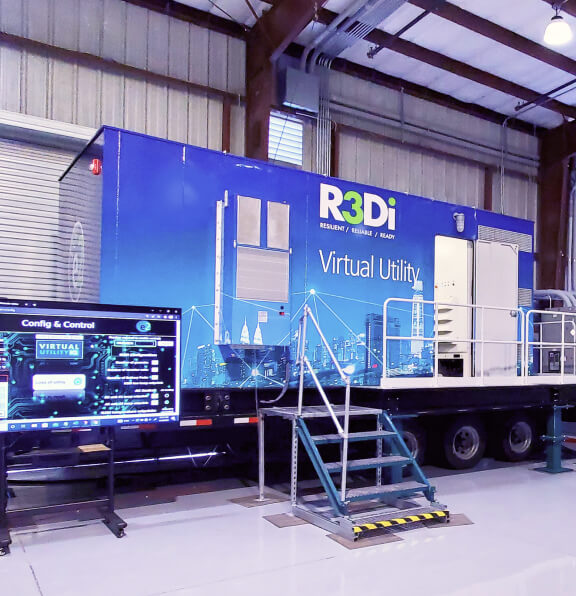Grid Modernization
How Virtual Power Plants Are Shaping
the Global Energy Transition
The push for electrification is rapidly driving implementation of smart technology to enhance customer experience in everything from electric vehicles (EVs) and home energy management systems to industrial automation. At the same time, consumers have less choice over both where their power comes from and when.
The U.S. Department of Energy’s recently-published report about Virtual Power Plants (VPPs) as an alternative to the way power is sourced and distributed is both timely and necessary. VPPs, a type of distributed energy resource (DER), will play an important role in the race to find energy solutions that meet the grid needs of tomorrow without compromising on environmental impact.











